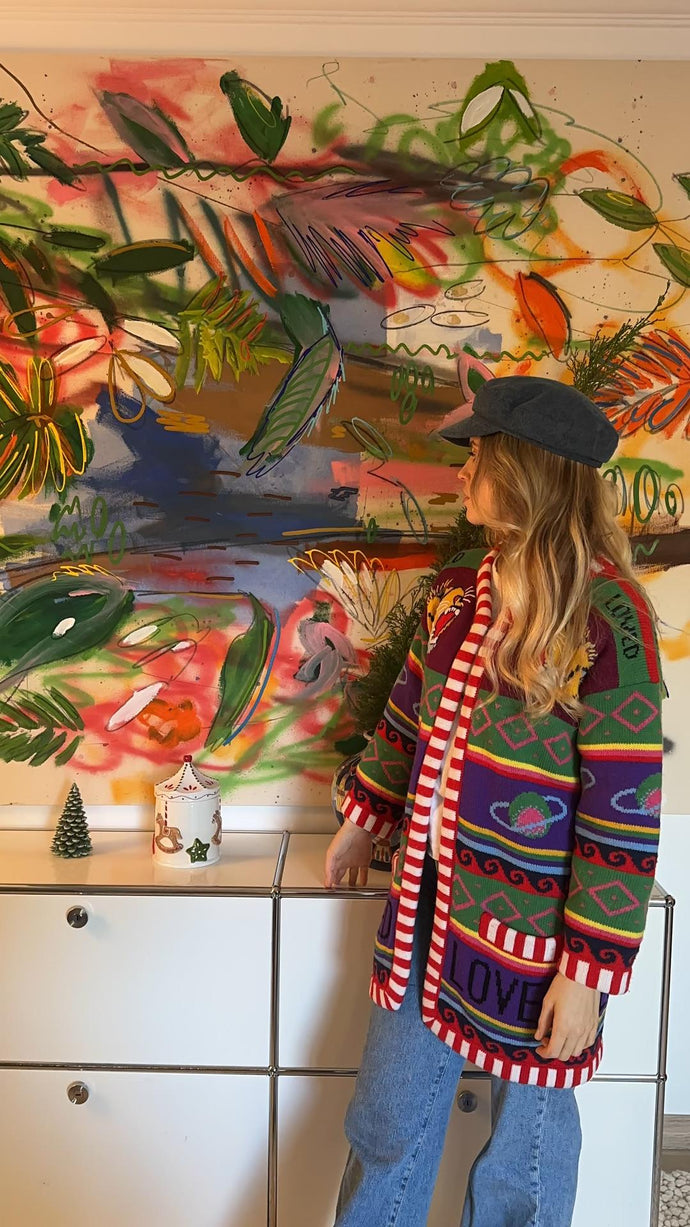As an emerging artist, deciding how much to charge for your art can be one of the biggest challenges. With so many different formulas online, it is hard to know which one to trust. Because of this, we’ve come up with a simple formula that, whilst not perfect, does give a logical guide to how to price your art.
Emotional connection to your art can often play a significant influence. When you’ve poured your time, effort, and soul into a work, it is easy to overprice your art. Sometimes, if you can find the right buyer, you can get away with overpricing. But with an ever-increasing knowledge base amongst collectors and investors, this is becoming increasingly less common.
On the other hand, emotions can sometimes make you underprice your art. If you’ve just finished a project and are sick of the sight of the same canvas, you can undervalue the quality of the work produced. Ultimately, to price art effectively, we need a non-emotional approach.
One factor to consider when pricing your art is the reputation you currently hold. Having a bachelor's or postgraduate degree from a top-class art school will instantly add kudos to your artwork. Exhibited your art in well-known galleries? This can add value too.
Though we know that these aspects don’t always indicate quality - you can still be amazing without study or exhibitions - investors and collectors still look to these as signals for a solid future investment.
For those without any education or exhibition experience, a good way to price your art is to simply cover your costs, pay yourself a wage, and make a small profit. If you are selling through a gallery - which often charge 50% commission or more - you need to factor this cost in too.
Obviously the price you end up at will be different for every artist. Some of us can finish a painting in a day, for others it can take months. Materials cost different amounts as well - a watercolorist will inevitably spend less on materials than someone who works with oil, rabbit skin glue and gold leaf for example.
If you want to support yourself professionally, without any additional job, the rate of pay should reflect the city that you live in. If, for example, you live in London and complete a painting in 18 hours, you should pay yourself a minimum of the London Living Wage (£10.20), plus material costs, plus small profit.
For an oil painting that cost £100 in materials, and taking into account the Artpiq commission rate of 25%, this would equal:
MATERIALS + (HOURS x WAGE) + COMMISSION + 20% PROFIT = PRICE
100+(18x10.20) + COMMISSION + 20% = £425.40
Obviously this is just a basic way of pricing your art. But this should be the minimum you charge. No-one wants to be underpricing art in the current competitive market. Believe in your abilities, pay yourself a proper wage, and you can have enough time to develop your practice, and become the best artist you can be.
If you are interested in selling your work by becoming an Artpiq artist, get in touch by clicking here [LINK]
Want to invest or collect in exciting developing artists? Subscribe to our newsletter or check out our amazing artists’ pages here [LINK]


